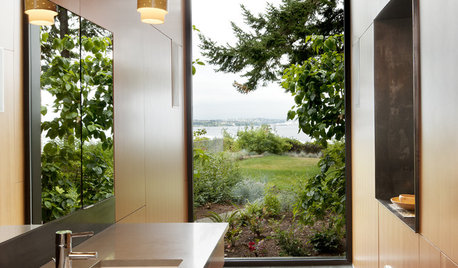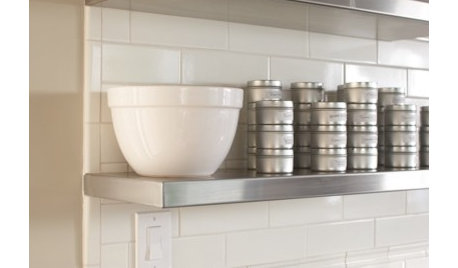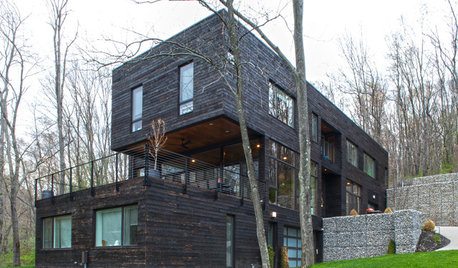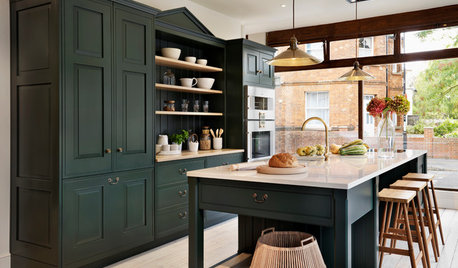New range: whole house BTU line capacity calculation?
SparklingWater
11 years ago
Featured Answer
Comments (8)
joeplumb
11 years agoRelated Professionals
Boise Plumbers · 93927 Kitchen & Bathroom Remodelers · Alpine Kitchen & Bathroom Remodelers · Crestline Kitchen & Bathroom Remodelers · Gardner Kitchen & Bathroom Remodelers · Pinellas Park Kitchen & Bathroom Remodelers · Schiller Park Kitchen & Bathroom Remodelers · Sun Valley Kitchen & Bathroom Remodelers · Toms River Kitchen & Bathroom Remodelers · Vista Kitchen & Bathroom Remodelers · York Kitchen & Bathroom Remodelers · Gibsonton Kitchen & Bathroom Remodelers · Cave Spring Kitchen & Bathroom Remodelers · Forest Hills Kitchen & Bathroom Remodelers · Palestine Kitchen & Bathroom Remodelersjoeplumb
11 years agobrickeyee
11 years agolazypup
11 years agoSparklingWater
11 years agojoeplumb
11 years agoSparklingWater
11 years ago
Related Stories

REMODELING GUIDES10 Tips to Maximize Your Whole-House Remodel
Cover all the bases now to ensure many years of satisfaction with your full renovation, second-story addition or bump-out
Full Story
KITCHEN DESIGNHow to Find the Right Range for Your Kitchen
Range style is mostly a matter of personal taste. This full course of possibilities can help you find the right appliance to match yours
Full Story
HOUSEKEEPINGHow to Clean Your Range and Oven
Experts serve up advice on caring for these kitchen appliances, which work extra hard during the holidays
Full Story
DECORATING GUIDESWorking With Pros: When to Choose Full Design Services
Whether you want a single room or a whole house done, the maximum service level means the least work for you
Full Story
KITCHEN DESIGNWhat to Know When Choosing a Range Hood
Find out the types of kitchen range hoods available and the options for customized units
Full Story
KITCHEN DESIGNHow Much Does a Kitchen Makeover Cost?
See what upgrades you can expect in 3 budget ranges, from basic swap-outs to full-on overhauls
Full Story
HOUZZ TOURSMy Houzz: Modernism Takes a Natural Turn in Pennsylvania
Generous wood throughout and woodsy sights outdoors soften and warm this home’s modern lines
Full Story
SELLING YOUR HOUSEKitchen Ideas: 8 Ways to Prep for Resale
Some key updates to your kitchen will help you sell your house. Here’s what you need to know
Full Story
SELLING YOUR HOUSE7 Must-Dos on the Day You Show Your House
Don’t risk losing buyers because of little things you overlook. Check these off your list before you open the front door
Full Story
COLORPaint Your Bookcases to Transform Your Room
Give your shelves some color for a whole new look. Here are 10 examples, from subtle to bold, and some styling tips to try
Full StoryMore Discussions






SparklingWaterOriginal Author